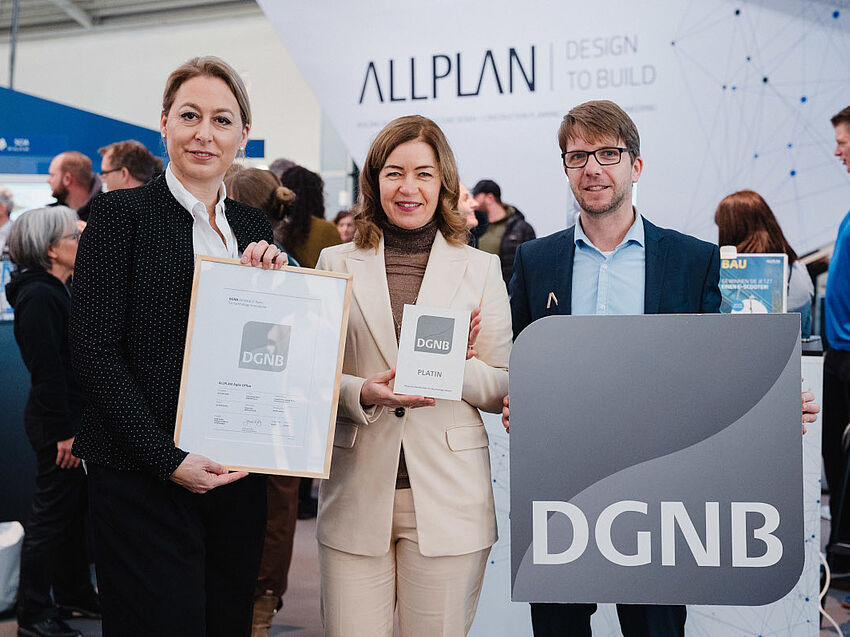The construction industry is one of the largest producers of waste in many countries. While our recycling and reuse practices have improved enormously, with proper planning even more waste can be reduced and reclaimed. As well as being more sustainable, efficient waste management can also help reduce costly disposal charges, thereby improving profit margins. The key is using our materials more efficiently – an area where Building Information Modeling (BIM) can help with.
What is Material Efficiency?
Material efficiency means finding ways to optimize the waste generation and material usage of a building project throughout the building’s life. This can be through value engineering, good waste management, reusing and recycling materials, and procuring more sustainable products. Several guidance documents are available to help architects, civil engineers, and other members of the project team with ways to become more efficient with materials, such as British Standard BS 8895-1:20131.
Early Implementation is Key
During design, good planning can not only help deliver projects on time and to budget, it can also help achieve greater materials efficiency. As is so often the case, adopting a waste strategy early on in a project will lead to the biggest cost savings and better project outcomes. In fact, the World Green Building Council2 published a report (The Business Case For Green Building) with evidence that buildings save money and resources in the long term if sustainability is planned at the outset.
A common practice is to equalize the amounts of cut and fill on a site, but much more can be done on the materials front. By using 3D modeling, building materials can be planned more accurately. Construction can also be virtually simulated to discover any issues and optimize materials before they are used on site. This can be particularly useful for supporting off-site manufacturing and pre-assembly techniques, as their assembly into the finished building can be simulated before production begins to identify conflicts.
Better Informed Decisions for Materials
BIM can also help reduce construction waste due to the increased transparency it brings to a project. As the entire project team can view progress and collaborate easily and more effectively with BIM, more options can be discussed for including recycled materials or alternative sustainable construction methods and materials. Errors with materials can also be rectified before orders are placed and waste is created on site.
Another area where 3D modeling and BIM can help create more sustainable buildings is during the structure’s operation. The ability to simulate the operational phase of the building for analysis can help project teams make informed decisions during the design stage that can help minimize running costs and waste and identify opportunities to reuse materials. The longer-term planning enabled by BIM is a crucial aspect of improving material efficiency, helping sustainability and waste reduction become embedded in the project.
Less Waste With BIM
Working together is the best way to help reduce material waste and preserve resources. 3D modeling and BIM provide another tool to help devise and implement an efficient material and waste strategy for better project outcomes. If you are ready to make the step towards material efficiency, try a free 30-day trial of ALLPLAN Architecture or ALLPLAN Engineering to see how you can manage your materials and reduce waste on your projects.




